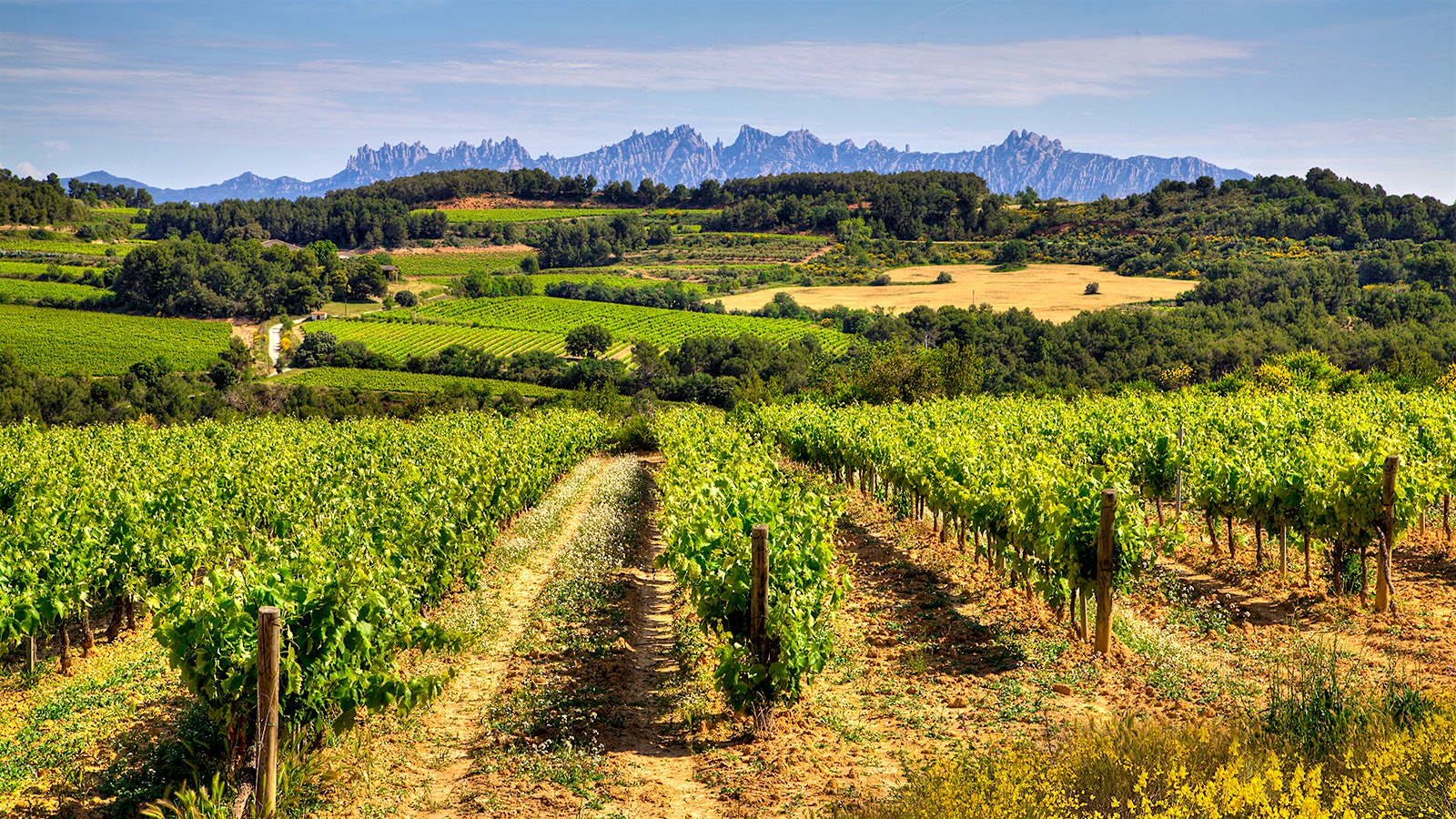American consumers have a thirst for bubbly. Sales of sparkling wine from numerous wine-producing regions continue to be one of the strongest-growing categories in the U.S. market. And while French Champagne and Italian Prosecco are well-known success stories, Spanish Cava emerged as a winner in 2021: Shipments to the United States skyrocketed, ending the year with a record 1.98 million cases, an impressive 40 percent increase from 2020, according to the Consejo Regulador del Cava.
Cava has long waited in the wings of the sparkling wine world. Produced using the same traditional method as Champagne, Cava was the first sparkling wine region to introduce and employ the gyropalette, a machine that reproduced the labor-intensive and costly riddling process.
Cava producers passed those savings along, with many situating themselves in the value segment of the sparkling wine market during the late 1970s and early 1980s. But that decision ended up pigeon-holing Cava at lower price points through the 1990s. And when consumers came to expect those prices, wineries had to cut costs to maintain them, sometimes at the expense of quality.
In 2011, half the Cava reviewed by Wine Spectator, roughly 70 wines, rated 80 to 84 points; the other half rated 85 to 89 points, with no wines earning 90 points or higher. But over the past decade, Cava producers have taken notable steps to raise quality, including allowing French varieties in the wine’s blend, tightening yields and aging regimens, recognizing production subzones and more. In 2021, more than 80 percent of all Cava reviewed fell in the 85- to 89-point range, with 13 percent at 90 points or more. And even though quality is on the rise, the vast majority of bottlings are still wallet-friendly, available for $20 or less.
That pricing puts Cava soundly on par with most bottles of Prosecco in the U.S. market. Prosecco began its meteoric climb roughly 15 years ago, teaching Americans that sparkling wine could be enjoyed on a more regular basis—not just for special occasions. During the pandemic it seems that the dolce vita mentality of Prosecco transferred to Cava consumption.
“Because of COVID lockdowns and Champagne supply issues, consumers shifted to products more in line with how they were spending their time: more at home—less grand, more cozy celebrations,” said Monica Lafuente, U.S. director of trade development for Campo Viejo Cava, which experienced a 44.1 percent increase in U.S. case sales from 2020 to 2021. Lafuente also says their market research finds that Cava drinkers are more likely to enjoy their bubbly with a meal.
At Freixenet and Segura Viudas, the No. 1 and No. 3 ranked Cava brands by sales in the U.S., respectively, it wasn’t just about capitalizing on Prosecco’s success. “In one way, Cava producers were victims of the success of Prosecco—always playing defense, never offense,” said Enore Ceola, CEO & president of Freixenet Mionetto USA, the U.S. division of sparkling wine powerhouse Henkell Freixenet, which owns both Cava brands as well as Mionetto Prosecco, Alfred Gratien Champagne, California’s Gloria Ferrer and Germany’s Henkell, among other sparkling wine brands.
“We decided [in 2019] that it was time to play offense, to better establish the brands within the Cava category, to premiumize the brands, and to refocus on the consumer,” said Ceola. An ad campaign launched in late 2019 may have helped accelerate sales going into the pandemic, and strong retail sales in 2020 helped to offset the loss of restaurant and bar sales. “For Freixenet, we made the brand more lifestyle than before; for Segura Viudas, it was [about explaining] quality, and about premiumization—basically education on the Cava category.”
Premiumization and education may also be pushing the growth of certain categories within the broader spectrum of Cava. Rosé Cava sales grew almost 30 percent in 2021. But more notably, wines grouped under the term Guarda Superiore grew by a dramatic 104 percent, according to the Consejo Regulador del Cava. This includes wines labeled as Reserva, with more than 18 months of aging, Gran Reserva (minimum 30 months) and Paraje Calificado (minimum 36 months). The impressive growth suggests a more educated interest in Cava, with consumers looking beyond its most inexpensive, entry-level versions, most of which are aged only for the required minimum of nine months.
And some Cava drinkers who enjoyed these higher-quality examples in 2021 may have been consumers looking for bottles of Champagne. “With Champagne shortages, consumers are turning to bubbly alternatives like Prosecco and Cava, so those categories are benefiting,” said Bill Edwards, senior vice president of on-premise national accounts at wholesale giant Southern Glazer’s Wine & Spirits, in a November 2021 interview with Shanken News Daily, a sister publication of Wine Spectator. Increased demand for Champagne coupled with supply chain challenges resulted in a shortage in the fall and winter of 2021, and almost anyone visiting a wine shop on New Year’s Eve experienced it firsthand.
The challenge now for Cava producers is maintaining 2021’s growth, which means retaining customers. This includes older wine drinkers who remember leading Cava brands from earlier years, said Ceola. But it also encompasses newer consumers. Cava producers believe they need to focus on retaining younger wine drinkers. “They’re 22 or 23 years old—they’re discovering sparkling wine now, but not necessarily Prosecco,” said Ceola. “They try different things—they don’t necessarily stick to just one brand or category—it’s more about the moment or the occasion.”
While the curiosity and experimentation exhibited by the Gen Z and Millennial consumer poses challenges for brands hoping to engender loyalty, Ceola also sees opportunities, such as targeting the occasions for consumption, not just the consumer themselves or a specific category of wine. “Freixenet was a huge brand in the U.S. in the late nineties, but at that time sparkling wine was totally celebratory. It’s exciting for us to see how today’s consumer is embracing sparkling wine.”
Stay on top of important wine stories with Wine Spectator’s free Breaking News Alerts.
